Instruction
Preventing Low Back Pain: A Golfer’s Guide

Whether you’re a once-a-month golfer or one who hits balls every day, there is a good chance you’ve experienced some kind of discomfort in your low back as a result of swinging a club.
A host of tour players including Brandt Snedeker, Rickie Fowler and Tiger Woods have complained of back pain this season, even missing tournament play because of it. Indeed, research has consistently identified low back injuries as the most common injury affecting golfers. The exact cause of this pain is a hotly debated topic, however, most seem to agree that the rapid and intense shear, rotational and lateral forces placed on the lumbar spine (low back) as a result of the golf swing are in some way responsible.
My personal experience (backed by research I would like to add. After all, proper academic study results are much better than just taking my word for it!) points to several likely causes of lower back pain in golfers, and that appropriate intervention can successfully prevent and alleviate lower back pain. With that said let’s crack on to the bit you probably skipped to and look at some strategies and interventions to prevent low back pain:
Address Swing Faults and Characteristics
Studies seem to agree that faulty movement patterns and type of swing utilised have a great affect on the propensity to experience low back pain. Any swing fault involves excessive flexion, lateral flexion (a fancy way of saying side bending), or extension of the lumbar spine will increase the likelihood of low back pain. A “reverse C” address posture or follow through (think Monty’s swing for a pretty good dictionary definition of this) or reverse spine angle are the biggest candidates in my experience. Reverse spine angles in particular have been associated with low back pain associated with low back pain by researchers.
Interestingly, the “classic” swing (think Jack Nicklaus or Sam Snead where the lead heel comes off the floor in the backswing and hip turn is much more pronounced) has been demonstrated to be easier in terms of forces on the low back than the modern golf swing in which the lead heel stays flat and a big “x factor” is developed with a small hip turn and a huge shoulder turn.
Develop a Strong Core
Glute and ab strength helps stabilize the body and alleviate some of the pressure on the low back. The same study mentioned above showed that pro golfers not reporting low back pain demonstrated significantly greater abdominal muscle activation than those that did. Essentially, if you have weak abs and glutes, the low back is called upon to support the upper torso and supply stability in the golf swing. That’s not good.
The other issue concerning glute and ab strength is that of unilateral imbalances, with one side being stronger than the other. Several studies have identified muscle imbalances and asymmetry in glute strength as a probable cause of low back pain. A simple way to test unilateral glute strength is to complete a supine single leg bridge test.
Lying with your back on the floor, bend your knees so you can place your feet flat on the floor and fire your glutes and hamstrings to lift your butt off the floor, locking your hips out, so your body forms a straight line in a glute bridge position. From here the left leg off the floor. Hold this position for 10 seconds.
- Notice if the pelvis starts to drop, or the right leg starts to shake on either side.
- Do the hamstrings or lower back start to cramp?
If these things happen, you likely have a strength issue with your glutes or they are inhibited. If the results are significantly different when you repeat the test holding your right leg in the air then you likely have a unilateral strength imbalance.
Strive for Neutral Posture
Studies have reported that golfers exhibiting low back pain tended to flex their spines more when addressing the ball. However, it’s not just your golf posture you need to watch. In your daily postural habits too, you should strive to keep neutral pelvic alignment. Anterior pelvic tilt (forward tilting pelvic position) in particular has been associated with low back pain, as the tilt of the pelvis lengthens the hamstrings, affecting hamstring and glute function and requiring the low back to do much more work in providing strength and stability to make up for these inhibited muscles. Essentially you’re forcing your low back to do more work under more load, a recipe for pain and injury sooner or later.
Improve T-spine Mobility
Your lumbar spine can withstand some degree of extension and rotation, but not nearly as much as the thoracic spine is designed to achieve. Unfortunately, the fact is most people significantly lack adequate T-spine mobility to achieve proper rotation in the golf swing and therefore must make up for this by finding mobility elsewhere – i.e the lumbar spine which is, as I said, not designed to achieve a great deal of rotation. Not conducive to low back health!
Improving mid back (t-spine) mobility can alleviate any unnecessary torque on the low back. A 2002 study of professional golfers found that those presenting low back pain exhibited significantly more lateral bending and less trunk rotation in the backswing, while those who did not exhibit pain demonstrated more than twice as much trunk rotation. Give mobility drills such as the one below a go to improve yours:
[youtube id=”a3nPgxJKMPE” width=”620″ height=”360″]
Improve Hip Mobility
A case study of a pro golfer with low back pain has demonstrated an increase in hip turn in the swing resulted in a reduction of low back pain. Another study found correlation between decreased lead hip rotation and low back pain.
Simply put, just as with improving t-spine mobility, greater hip mobility can help reduce forces on the low back during the swing. Why not give this hip mobility drill a try to improve yours? Just remember to keep the low back flat to the floor to stop it becoming a low back stretch (you’ll find out why very shortly):
[youtube id=”40_I_69Gvl0″ width=”620″ height=”360″]
Stop Stretching!
For years golfers in particular have been recommended exercises like hip crossovers and scorpions to “warm-up” the low back, when in reality, as I said, the lumbar spine is not designed for much movement at all. I would argue that most golfers should be avoiding exercises that excessively rotate the lumbar spine as this is really just feeding into the problems causing low back pain. Instead, they should focus on developing motion at the hips and thoracic spine. Don’t just take my word for it, check out this article by legendary athletic coach Mike Boyle, then do another set or two of the hip mobility and t-spine mobility exercises in the videos above.
The truth is that good motion in golf comes from turning the hips and shoulders, not from rotating the lumbar spine. The bottom line is bad, injured, golfers turn at the low back, good golfers turn at the hips and shoulders.
- LIKE45
- LEGIT2
- WOW6
- LOL2
- IDHT0
- FLOP1
- OB1
- SHANK7
Instruction
Clement: Laid-off or perfect fade? Across-the-line or perfect draw?

Some call the image on the left laid off, but if you are hitting a fade, this could be a perfect backswing for it! Same for across the line for a draw! Stop racking your brain with perceived mistakes and simply match backswing to shot shape!
- LIKE0
- LEGIT0
- WOW0
- LOL0
- IDHT0
- FLOP0
- OB0
- SHANK0
Instruction
The Wedge Guy: The easiest-to-learn golf basic

My golf learning began with this simple fact – if you don’t have a fundamentally sound hold on the golf club, it is practically impossible for your body to execute a fundamentally sound golf swing. I’m still a big believer that the golf swing is much easier to execute if you begin with the proper hold on the club.
As you might imagine, I come into contact with hundreds of golfers of all skill levels. And it is very rare to see a good player with a bad hold on the golf club. There are some exceptions, for sure, but they are very few and very far between, and they typically have beat so many balls with their poor grip that they’ve found a way to work around it.
The reality of biophysics is that the body moves only in certain ways – and the particulars of the way you hold the golf club can totally prevent a sound swing motion that allows the club to release properly through the impact zone. The wonderful thing is that anyone can learn how to put a fundamentally sound hold on the golf club, and you can practice it anywhere your hands are not otherwise engaged, like watching TV or just sitting and relaxing.
Whether you prefer an overlap, interlock or full-finger (not baseball!) grip on the club, the same fundamentals apply. Here are the major grip faults I see most often, in the order of the frequency:
Mis-aligned hands
By this I mean that the palms of the two hands are not parallel to each other. Too many golfers have a weak left hand and strong right, or vice versa. The easiest way to learn how to hold the club with your palms aligned properly is to grip a plain wooden ruler or yardstick. It forces the hands to align properly and shows you how that feels. If you grip and re-grip a yardstick several times, then grip a club, you’ll see that the learning curve is almost immediate.
The position of the grip in the upper/left hand
I also observe many golfers who have the butt of the grip too far into the heel pad of the upper hand (the left hand for right-handed players). It’s amazing how much easier it is to release the club through the ball if even 1/4-1/2″ of the butt is beyond the left heel pad. Try this yourself to see what I mean. Swing the club freely with just your left hand and notice the difference in its release from when you hold it at the end of the grip, versus gripping down even a half inch.
To help you really understand how this works, go to the range and hit shots with your five-iron gripped down a full inch to make the club the same length as your seven-iron. You will probably see an amazing shot shape difference, and likely not see as much distance loss as you would expect.
Too much lower (right) hand on the club
It seems like almost all golfers of 8-10 handicap or higher have the club too far into the palm of the lower hand, because that feels “good” if you are trying to control the path of the clubhead to the ball. But the golf swing is not an effort to hit at the ball – it is a swing of the club. The proper hold on the club has the grip underneath the pad at the base of the fingers. This will likely feel “weak” to you — like you cannot control the club like that. EXACTLY. You should not be trying to control the club with your lower/master hand.
Gripping too tightly
Nearly all golfers hold the club too tightly, which tenses up the forearms and prevents a proper release of the club through impact. In order for the club to move back and through properly, you must feel that the club is controlled by the last three fingers of the upper hand, and the middle two fingers of the lower hand. If you engage your thumbs and forefingers in “holding” the club, the result will almost always be a grip that is too tight. Try this for yourself. Hold the club in your upper hand only, and squeeze firmly with just the last three fingers, with the forefinger and thumb off the club entirely. You have good control, but your forearms are not tense. Then begin to squeeze down with your thumb and forefinger and observe the tensing of the entire forearm. This is the way we are made, so the key to preventing tenseness in the arms is to hold the club very lightly with the “pinchers” — the thumbs and forefingers.
So, those are what I believe are the four fundamentals of a good grip. Anyone can learn them in their home or office very quickly. There is no easier way to improve your ball striking consistency and add distance than giving more attention to the way you hold the golf club.
More from the Wedge Guy
- The Wedge Guy: Golf mastery begins with your wedge game
- The Wedge Guy: Why golf is 20 times harder than brain surgery
- The Wedge Guy: Musings on the golf ball rollback
- LIKE86
- LEGIT13
- WOW6
- LOL1
- IDHT0
- FLOP4
- OB1
- SHANK8
Instruction
Clement: Stop ripping off your swing with this drill!

Not the dreaded headcover under the armpit drill! As if your body is defective and can’t function by itself! Have you seen how incredible the human machine is with all the incredible feats of agility all kinds of athletes are accomplishing? You think your body is so defective (the good Lord is laughing his head off at you) that it needs a headcover tucked under the armpit so you can swing like T-Rex?
- LIKE0
- LEGIT2
- WOW2
- LOL0
- IDHT0
- FLOP0
- OB0
- SHANK2
-

 19th Hole2 weeks ago
19th Hole2 weeks agoDave Portnoy places monstrous outright bet for the 2024 Masters
-

 19th Hole3 days ago
19th Hole3 days agoJustin Thomas on the equipment choice of Scottie Scheffler that he thinks is ‘weird’
-

 19th Hole2 weeks ago
19th Hole2 weeks agoTiger Woods arrives at 2024 Masters equipped with a putter that may surprise you
-

 19th Hole2 days ago
19th Hole2 days ago‘Absolutely crazy’ – Major champ lays into Patrick Cantlay over his decision on final hole of RBC Heritage
-

 19th Hole3 weeks ago
19th Hole3 weeks agoReport: Tiger Woods has ‘eliminated sex’ in preparation for the 2024 Masters
-

 19th Hole1 week ago
19th Hole1 week agoTwo star names reportedly blanked Jon Rahm all week at the Masters
-

 19th Hole1 week ago
19th Hole1 week agoReport: LIV Golf identifies latest star name they hope to sign to breakaway tour
-

 19th Hole1 week ago
19th Hole1 week agoNeal Shipley presser ends in awkward fashion after reporter claims Tiger handed him note on 8th fairway

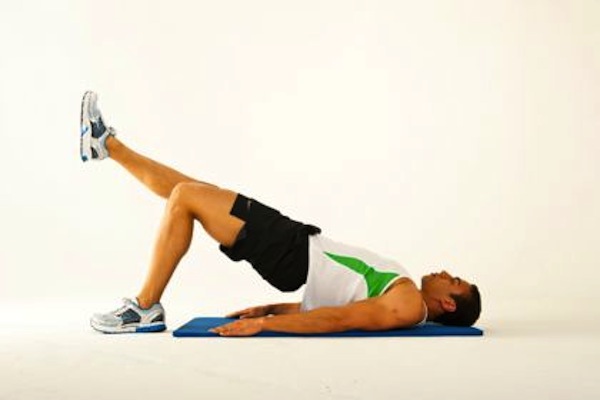


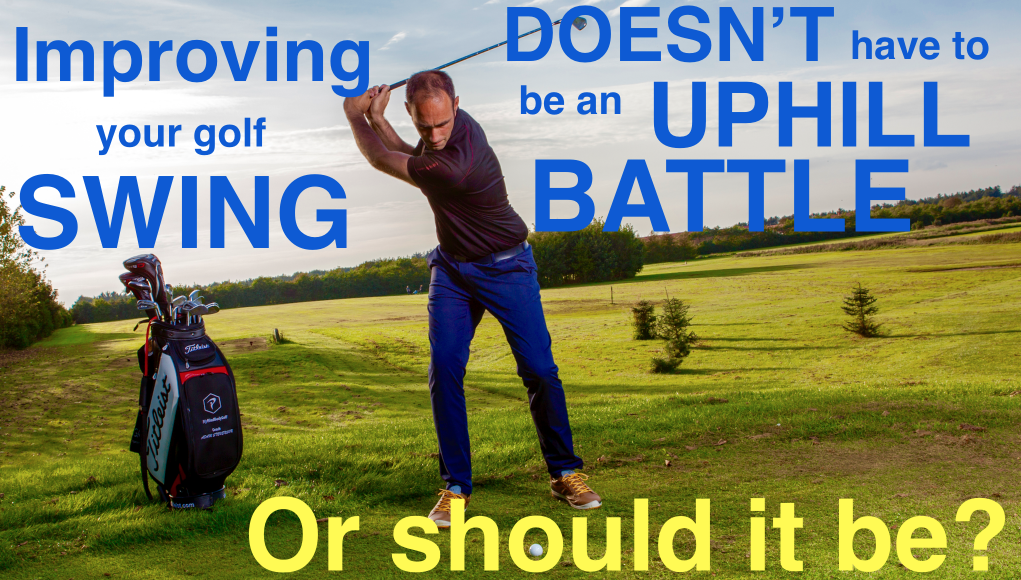
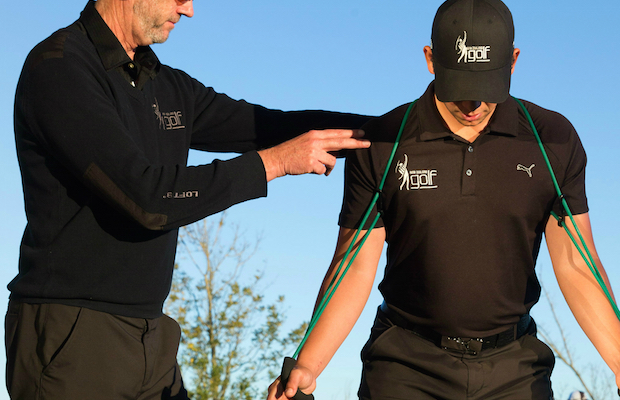
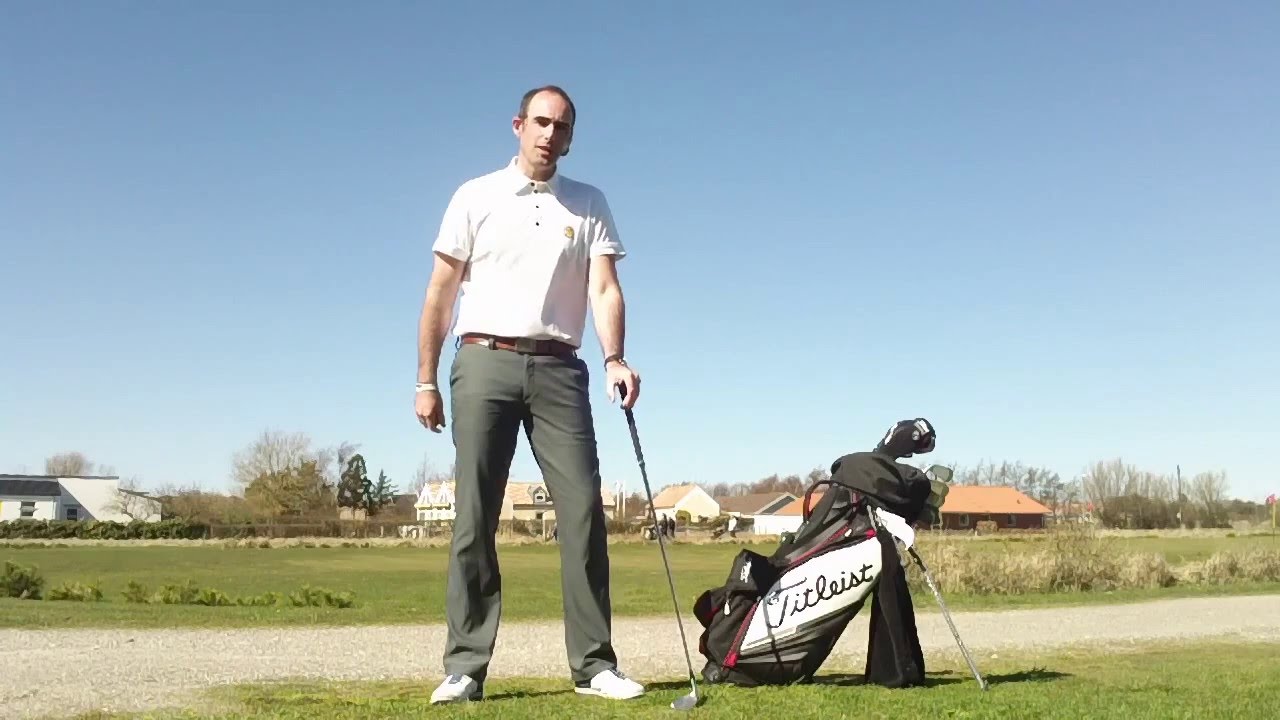
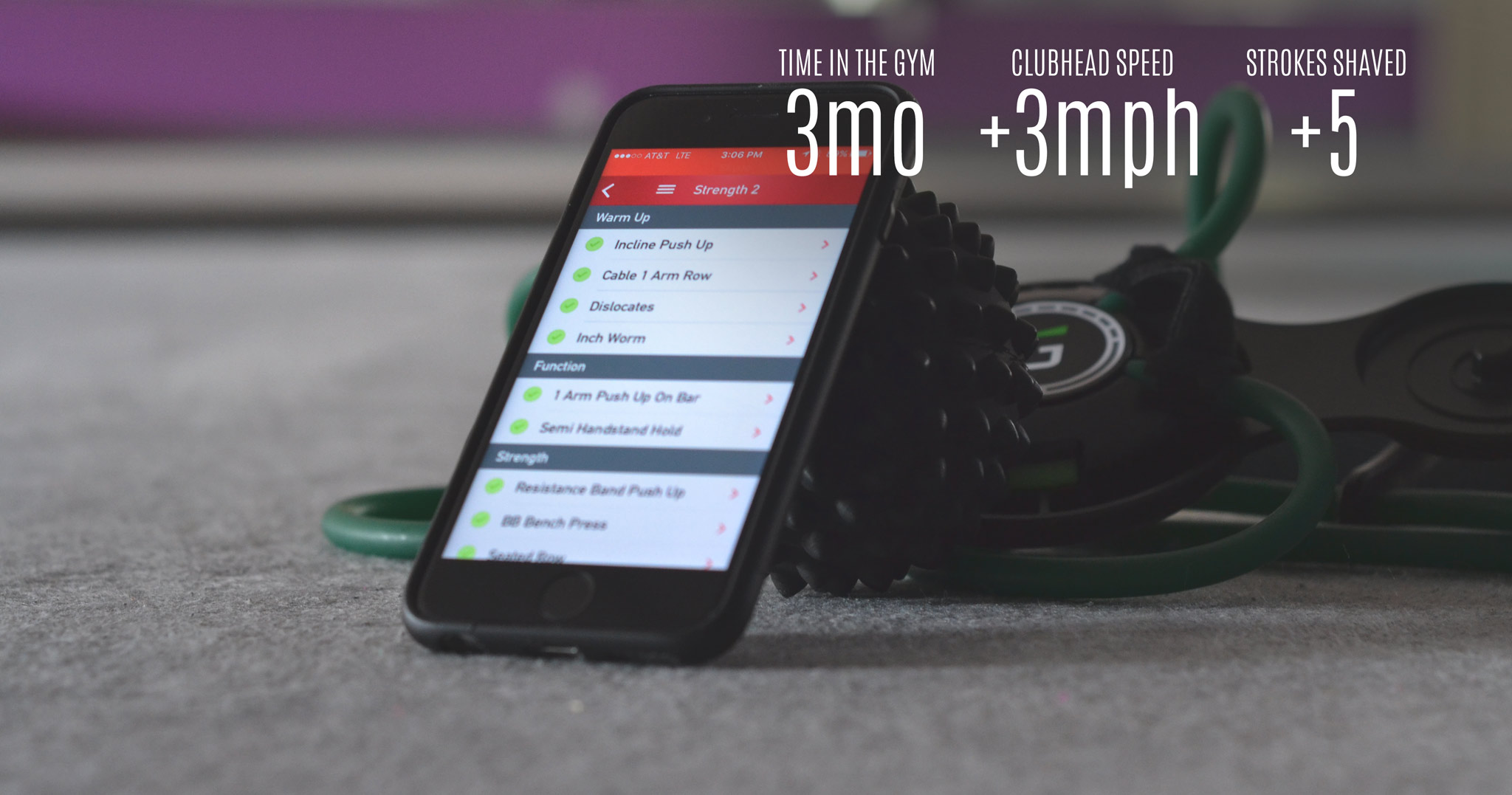
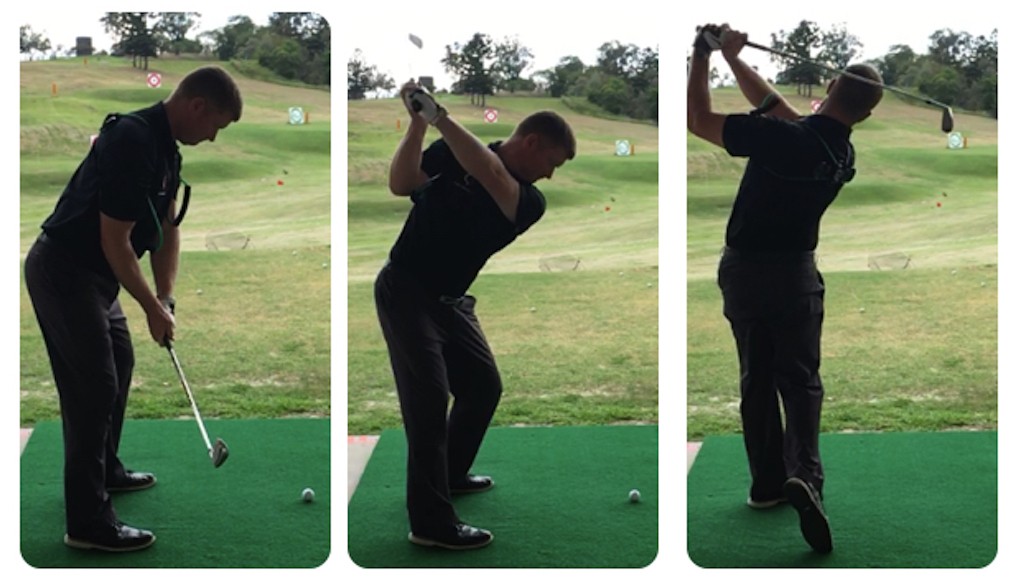
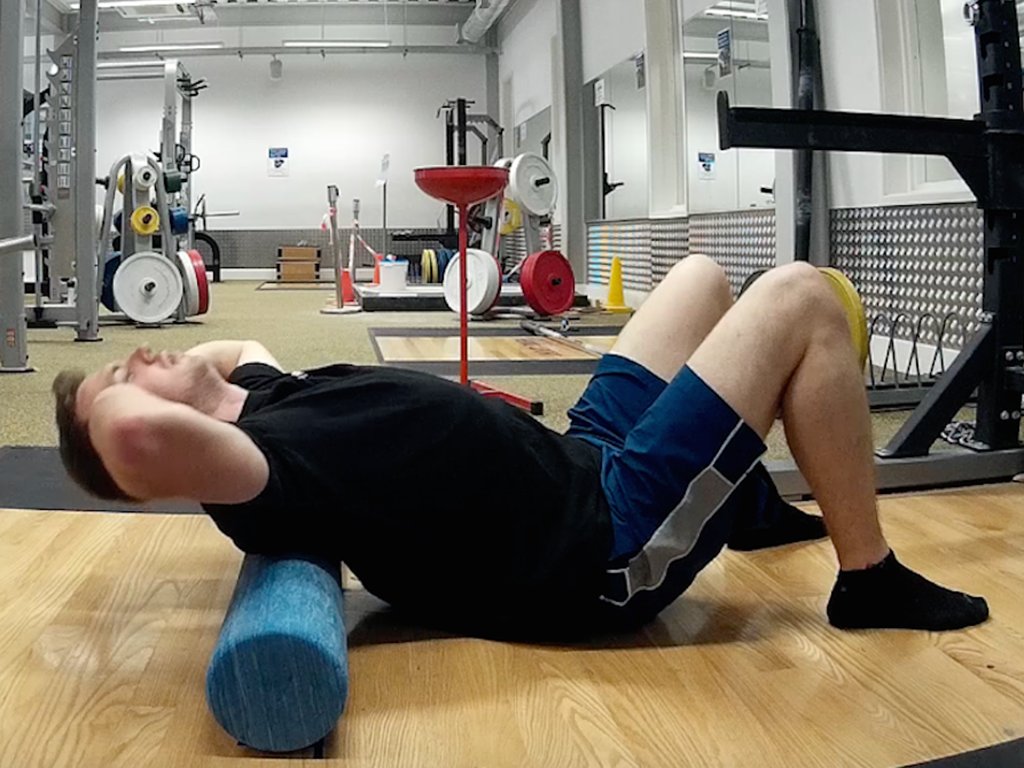












Pingback: Preventing Low Back Pain: A Golfer’s Guide - Spinesurgery-Pain-Usa
Pingback: A Golfers Guide to Preventing Low Back Pain | Stronger Golf
Bob Jones
Jul 21, 2014 at 1:11 pm
Nick, very good article. I had two spine surgeries in 2012, causing me to change everything about how I play golf. Here are a few thoughts, based on physical therapy and extensive research in the medical literature on the issue of lower back pain and golf.
To save your lower back, you must minimize the angle between your hips and shoulders on your backswing. Maximizing the “X factor” is very hard on the lower back. Let the left heel come off the ground, like you said, and let the hips turn.
The most damaging combination of movement in golf is lateral bending (side to side leaning) combined with compression (gravity pulling down along the spinal column). You can’t play golf and avoid this combination, but a swing with a high X factor accentuates it.
I now swing the golf club with my hands. The body responds to what the hands do. The result is a shorter backswing, and less of a power move through the ball with my body. Those two things take a lot of stress off the lower back. I don’t hit the ball as far as I used to, so I moved up one set of tees. This swing provides much more accuracy, so I’m shooting lower scores.
I have also slowed down my swing by quite a bit, which decreases distance, but which leads to centered contact, getting that lost yardage right back.
The reason why, in the two videos, the demonstrator performs the two exercises with his spine in a horizontal position, is that the spine can thus be rotated without being compressed at the same time. Very important.
Back strengthening exercises are important, too. One I do, and see everywhere, is to get on all fours. Stick your left arm straight out in front of you, parallel to the ground, and do the same with your right leg straight behind you. Hold for five seconds, and switch to right arm/left leg. Repeat ten times. You might thave to do fewer reps starting out.
Nick Buchan
Jul 22, 2014 at 12:54 pm
Thanks Bob. Completely agree that a swing with a higher x factor is often more demanding on the lower back, however it has not been my experience that a loss of turn must be the result, simply that that turn most come from other places. Additionally as I said in the article it has been my experience that working on t-spine and hip mobility should allow the amount of turn to be maintained without the pain and shoulder turn should not need to be reduced as has been suggested by many comments on this article. I also agree that back strengthening exercises are important, birdogs however, the exercise you are describing, is more of a movement patterning and core exercise with an element of scapular control and stability. A great exercise for those with back pain definitely, although some true strengthening exercises for the back such as face pulls, cable rows and chest supported rows should also be included too.
joro
Jul 21, 2014 at 11:14 am
The quest for distance is the culprit, whether you are Tiger or Joe Hacker, or anything in between. Every as tells you to buy my club and be longer, so we swing harder. This puts tremendous pressure on the back. I broke my back in 2 places in an accident several years ago and as an avid Golfer played for a while in pain, until I broke it down to find out why it hurt so much.
Simple, I was swinging at the Ball rather than through it. It w as then I realized the answer was to turn with the club, drop the club, and hit through the ball. I was a PGA Teacher and started getting my students with bad backs to do the same, turn back, drop the club and turn through and the speed will happen with a good turn through finish. It is not Rocket Science.
You will get good distance, a better contact, and be more accurate. Sure, we hit hard at it and every once in a while but most of the time we flub it. But, as we are, we only remember the good one and not the rest of them. I am selling nothing, just saying what the real cause of back pain is, take it or leave it, but you will hit it better by turn back, swing with arms and never the hips, and hit through the ball to a good finish and by slowing it down from a flash to a roar you will have plenty of speed and make a solid hit.
Swing hard and hurt. swing smooth and enjoy.
joro
Jul 21, 2014 at 11:03 am
This is too simple. The problem with Golfers is because we are told it is all about distance we swing way too hard at the ball and not through the ball. I am both a teacher and have a bad back, the result of a Motorcycle crash. I lived and played in pain for a short time until I figured out it is the downswing that is the culprit. I started turning with the club and not pulling the club down but letting it drop and hitting through the ball.
I teach that to Golfers with bad backs and when they realize they can do it without pain they are shocked. These Pros are no different with their high speed swings. They are the ones with the real bad backs while the slower, shorter hitters are going along with no back pain. Sure, excercise helps also, but the fast swing is the real culprit.
Slow it down, you will hit it more solid, probably be longer and without pain. Turn back, turn through, and swing the arms, not the hips. This jamming the hips is wrong and puts more pressure on the body.
RD Thompson
Jul 21, 2014 at 2:21 pm
Joro.. I am in same condition as you and searching for a more relaxed swing that doesn’t impact the spine. When you mention turn back.. just about how far back? I, as you know the further back the longer the shot [supposedly] so I glean you are just back swinging to the point the arms are extended? How do you measure the back swing limit?
Bob Jones
Jul 22, 2014 at 12:01 am
RD: When you swing a hammer, you only go back so far, or you will not be able to deliver the hammer to the nail accurately. Let that feeling between the clubhead and the ball guide how far back you take the club.
Frank McChrystal
Jul 21, 2014 at 11:01 am
See “Know your golf machine” on you tube. I can’t believe it has been posted for six years already.
Nigel
Jul 21, 2014 at 6:25 am
Great write Nick, more of these types of Articles!
Nick Buchan
Jul 22, 2014 at 12:27 pm
Thanks Nigel!
Nick Buchan
Jul 19, 2014 at 6:37 pm
Thanks Nick. Appreciate it!
Pingback: Preventing Low Back Pain: A Golfers Guide | Spacetimeandi.com
Nick Randall
Jul 18, 2014 at 10:42 pm
Nice article Nick.
I really enjoyed the recommendations, great to see some golf fitness advice that is relevant to every level of player and is easy to apply.